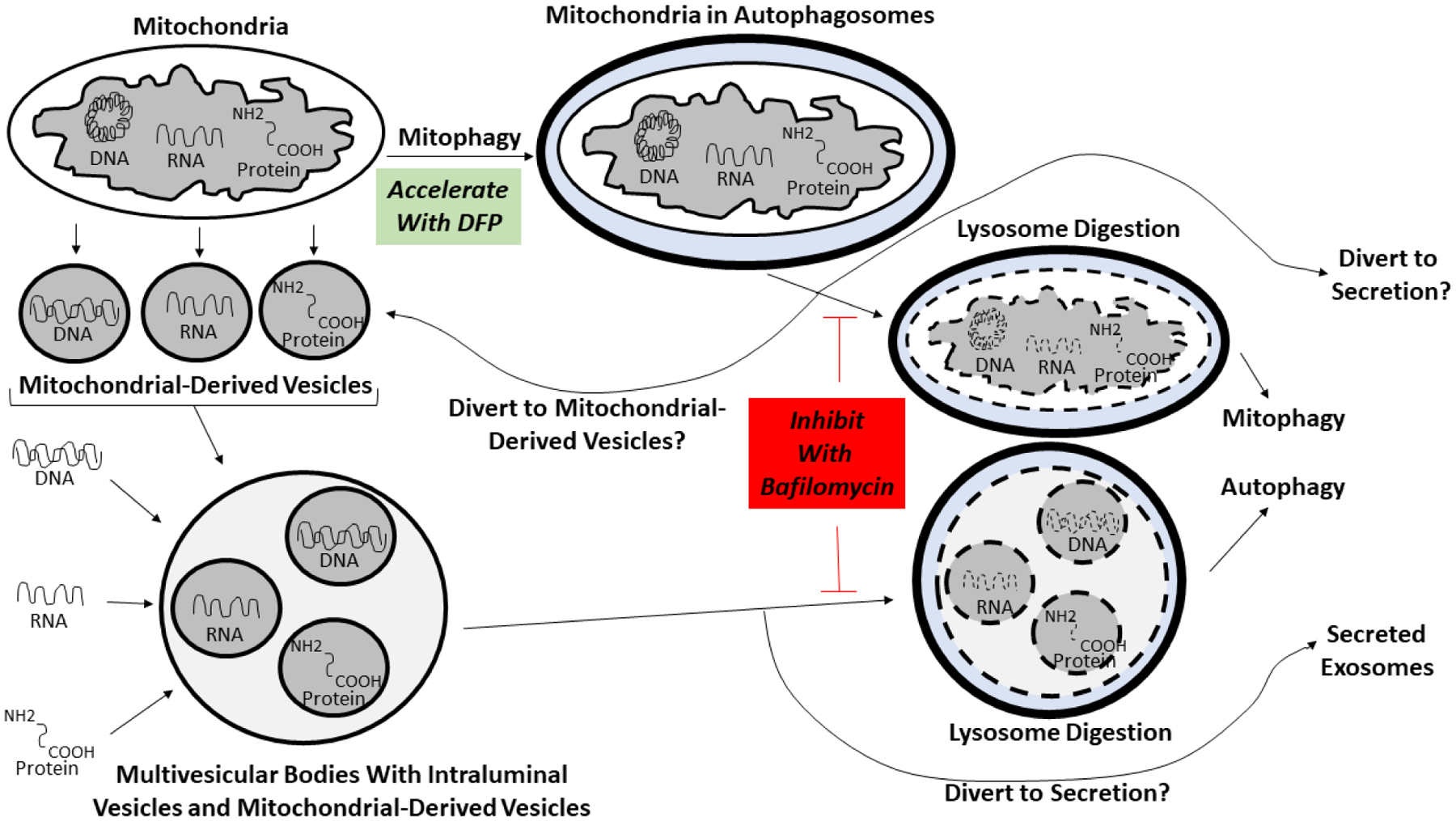Figure 7. Proposed model of how mitophagy and autophagy inhibition at the lysosome or autophagosome-lysosome fusion stages, with concomitant enhancement of receptor-mediated mitophagy initiation, affects the amount of mitochondrial cargo in an exosome fraction.

See the text for a complete explanation of the model. Briefly, in the presence of bafilomycin cells cannot use lysosomes to internally remove mitochondrial or endosome waste. Debris-loaded MVB vesicles intended for acid digestion at the end of the endolysosomal pathway are instead secreted as exosomes. Also, as cells cannot complete mitophagy they depend more on alternative mitochondrial control mechanisms such as MDV formation. Using DFP to initiate mitophagy while blocking its termination steps further diverts mitochondrial contents to MDVs, MVBs, and ultimately exosomes. To simplify this depiction the diagram only explicitly indicates diversion of mitochondrial contents to MDVs after mitochondria undergo autophagosome engulfment, but we expect the DFP-induced diversion of mitochondrial contents to MDVs also occurs prior to autophagosome formation. The ultimate effect is to increase the amount of mitochondrial cargo contained in an exosome fraction by increasing exosome production, and by increasing the packing of mitochondrial cargo into the exosomes themselves.
